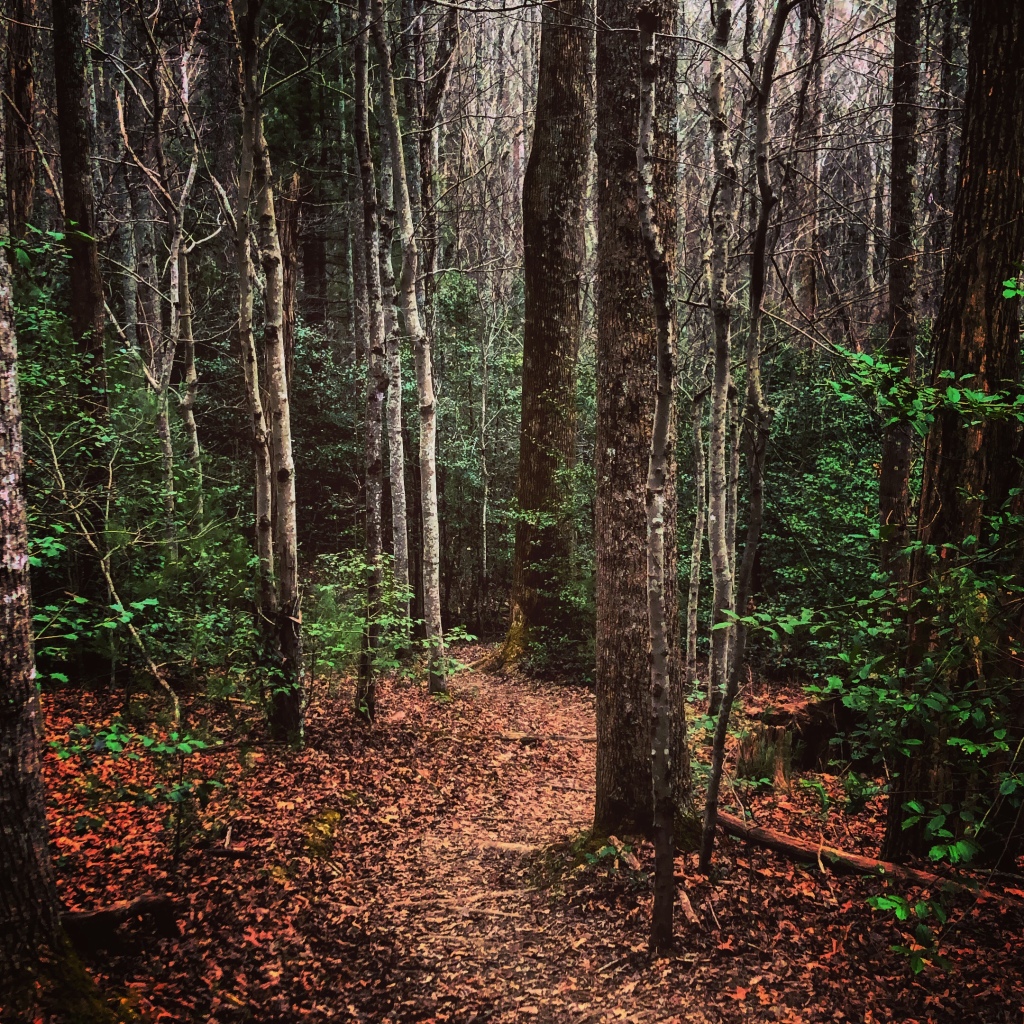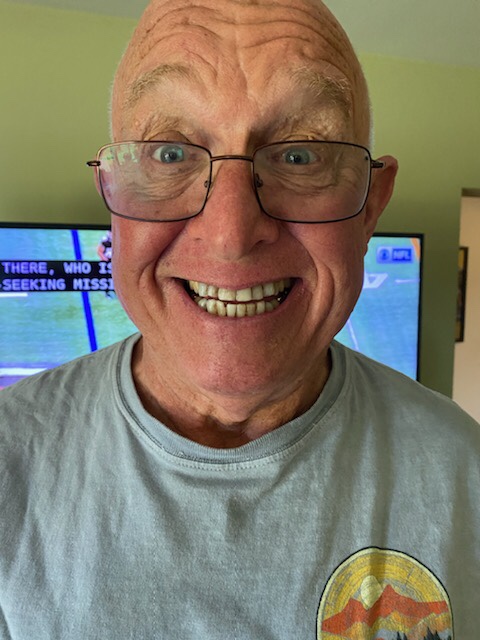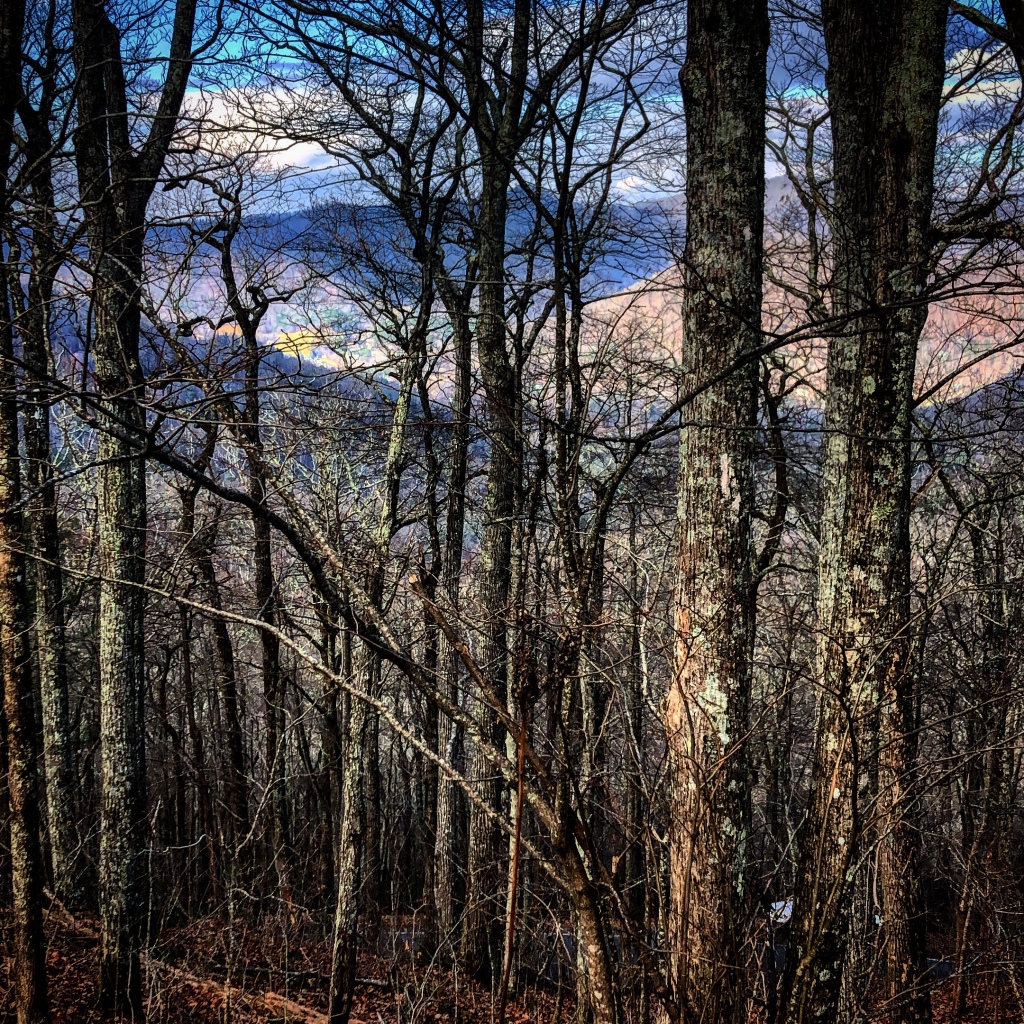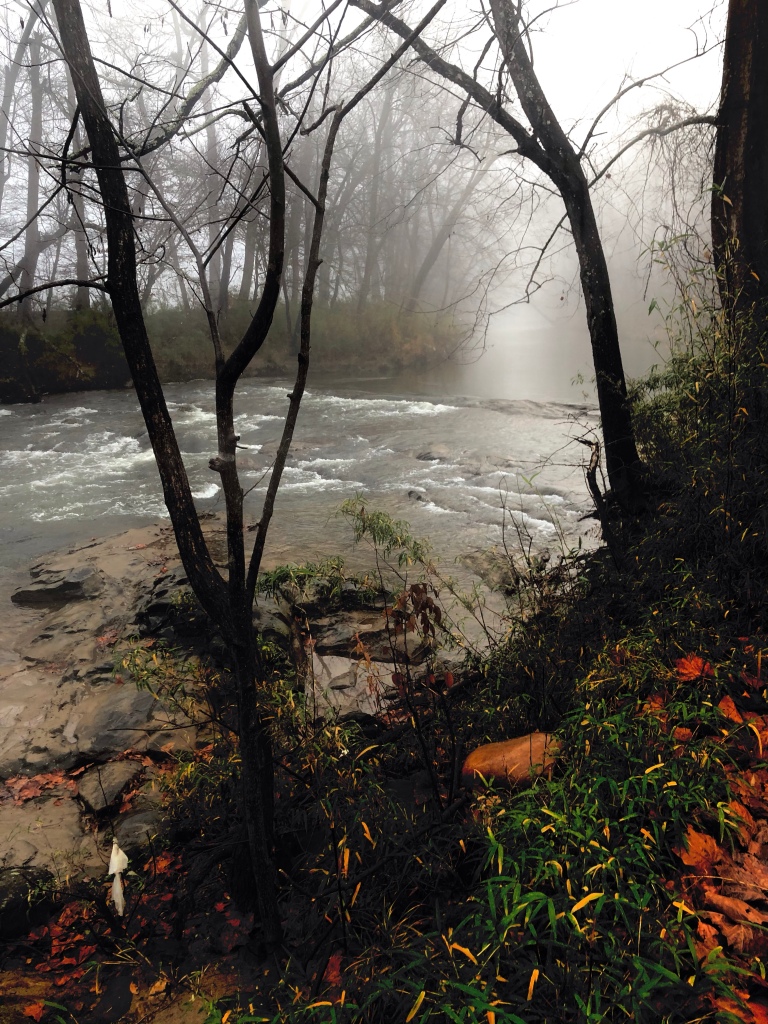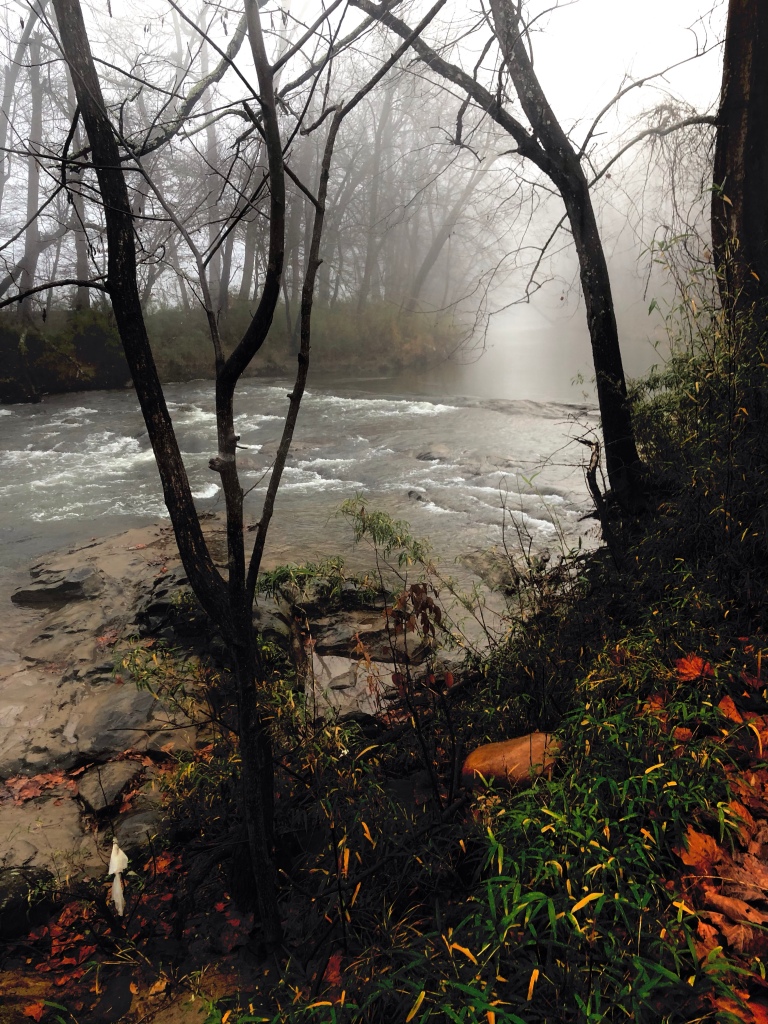Fund Profile: Community Equity Fund
Addressing the “Rich Uncle Problem” with Venture Philanthropy
By Elias Crim
Stephanie Swepson Twitty and Kevin Jones are North Carolina-based veteran social entrepreneurs. And they are doing just what such folks love to do: filling a gap they spotted in the way the world works.
The two make a powerful combination. Twitty is the CEO of Eagle Market Streets Community Development Corporation in Asheville NC. Her neighbor in the region, Kevin Jones, is the co-founder of the Faith+Finance network, the GatherLab, and the SOCAP Conferences.
Some years ago Jones had a lightbulb moment. He was collaborating with two different small business incubators aimed at launching Black entrepreneurs. In thinking about bootstrap funding, he threw out the idea of a Kiva-like approach: each entrepreneur would simply ask 25 friends or family to put up $25.
Not one of the entrepreneurs could put the money together. That’s when Jones realized this economic dilemma–the lack of friends-and-family funding, i.e., the “rich uncle” problem for BIPOC business people–was one middle-class white folk like himself typically didn’t even see.
Looking beyond startups, he and Twitty also realize that over 90% of the Black-owned businesses in the United States are sole proprietorships which could rarely find financing to hire their first employee, but that almost no one was focusing on them.
In Charlotte, NC, 95% of Black-owned businesses are one employee. But there is almost no support for them, while there are four accelerators focused on startups led by entrepreneurs of color. It’s huge, but invisible.
In Buncombe County, Asheville, where CEF is based, 93% of Black owned businesses are classed as sole proprietors; meaning they have from one to three employees, total.
After months of testing their idea with various parties, Twitty and Jones created a new financing mechanism, the Community Equity Fund. The CEF works to create a virtual family of support, drawing on donors who are specifically committed to building racial ownership.
But the donations in this case are not pure charity: they become of equity investments in the businesses, that are paid back via a revenue-sharing model. Thus each investment from this “evergreen” fund repays itself over a 5-year period. This method, called “venture philanthropy”–i.e., giving to invest, not just giving is common in other countries but is seldom used in the United States. Once the investment is repaid, CEF does not own any part of the investee’s business.
Instead of focusing on startups and the seed stage or companies at the later first-loan stage (where CDFIs typically come in), the CEF addresses the gap in between them. Here’s a summary of its features:
• The CEF is a growth fund for BIPOC sole proprietors with 3-5 years of operations, annual revenues of $50K to $100K, not yet loan-qualified
• Via the Twitty’s Eagle Market Streets CDC, the fund already has several well-qualified sole proprietorships to work with: a coffee shop, a landscaping business, a realtor, a temp to hire agency.
• The CEF aims to make investments of between $35-65K with a goal of paying 7% of its gross revenue, starting after two years of runway to hire a couple of employees and gain the ability to focus on sales and growing the business to five employees (Seven percent is a kind of national standard for this kind of non-debt, revenue sharing deals). As Jones describes it, “The program is not really for a barber shop but maybe for a barber school; the business has to have a path to growth.”
• The donor’s initial gift thus doubles every 5 years as their donation is reinvested in the next batch of sole proprietors, and doubles again five years after that. The fund has a 15% loss reserve to cover business failures built in to the amount the businesses repay, to ensure that the money will actually recycled as another round of investment.
Twitty and Jones recently approached Buncombe (Asheville) County government and secured commitment for $ 700,000, which coupled with money from a local foundation and local church groups and their online crowdfunding, put them at $1 million. It plans to start investing in June or July and has a goal of becoming a $10 million state wide fund. A friend in the U.K. is now talking up this idea of venture philanthropy for sole proprietors Parliament, where 2 billion pounds is earmarked for jobs stimulus and local investment in the rustbelt industrial north
